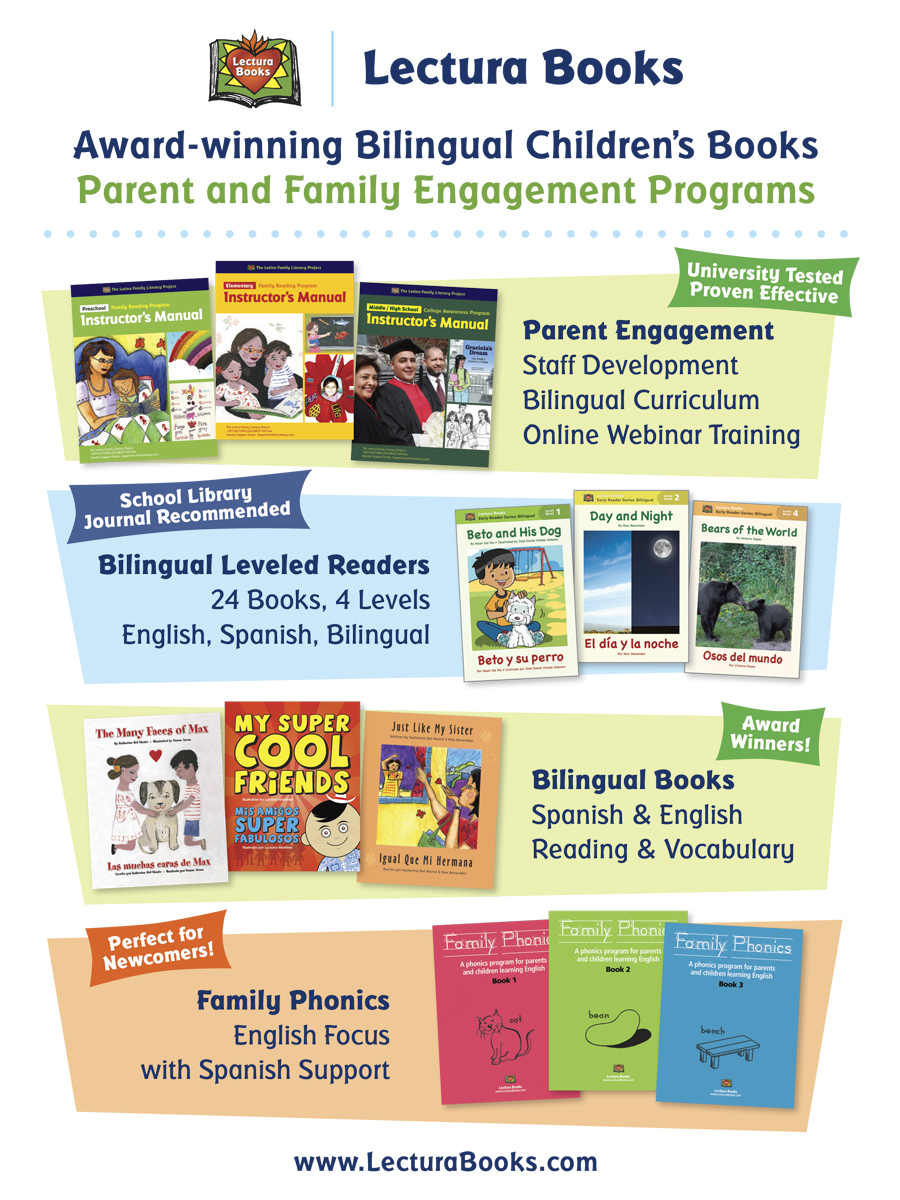Trauma Informed Considerations and Strategies for Multilingual Learners
WIDA Focus Bulletin
 This focus bulletin from WIDA offers practical advice on mitigating the effects of trauma for MLs. About 10-20% of MLs are also identified as SLIFE, and these students are most likely to also have experienced trauma, but this does not apply to all since there are other factors that could have interrupted their education.
This focus bulletin from WIDA offers practical advice on mitigating the effects of trauma for MLs. About 10-20% of MLs are also identified as SLIFE, and these students are most likely to also have experienced trauma, but this does not apply to all since there are other factors that could have interrupted their education.
The bulletin defines trauma as “a consequence from an exposure to an event or series of events that results in emotional disturbance for an individual” Students who seem uninterested in learning, seem unable to learn, are disruptive, are anxious, or have difficulty building relationships may have experienced trauma. The authors stress the importance of consulting professionals in your school in order to provide the best support for these students.
Recommended Practices for the Classroom are listed and described.
- Create a safe space for students by being the adult who will not get them in trouble.
- Establish a mutual understanding of respect by discussing what respect entails.
- Be human! Tell them about your hobbies and struggles.
- Know your students’ triggers such as loud noises, labels, or negative experiences with authorities.
- Be patient while students adapt to their new situation.
- Watch out for secondary trauma on you as the teacher.
- Collaborate with home systems. Family input can help considerably.
- Consider custody issues. Students may not be living with their parents.
- Have difficult, restorative conversations one-to-one from your perspective. This is explained in more detail with guiding questions for the teacher.
Tips for Engaging with Families are also given.
- Consider your enrollment policies. These should be welcoming, accessible, and appropriate.
- Share resources available in your community.
- Maintain communication and involvement so families feel that they can be heard.
Trauma Informed Practices and Strategies: School Moves and Spaces for all school personnel are presented in a diagram. Among the seven recommendations not mentioned above are Modeling positive behaviors, Breathing and de-escalation techniques, Peace corners for resetting, and Lessons on self-awareness, expression, and communication.

 Breshears, an ESL teacher, chronicles the steps she is taking to create balanced support between family, school, and students for the MLs she teaches. She reaches out to families by giving them information and creating opportunities for them to get involved.
Breshears, an ESL teacher, chronicles the steps she is taking to create balanced support between family, school, and students for the MLs she teaches. She reaches out to families by giving them information and creating opportunities for them to get involved.
